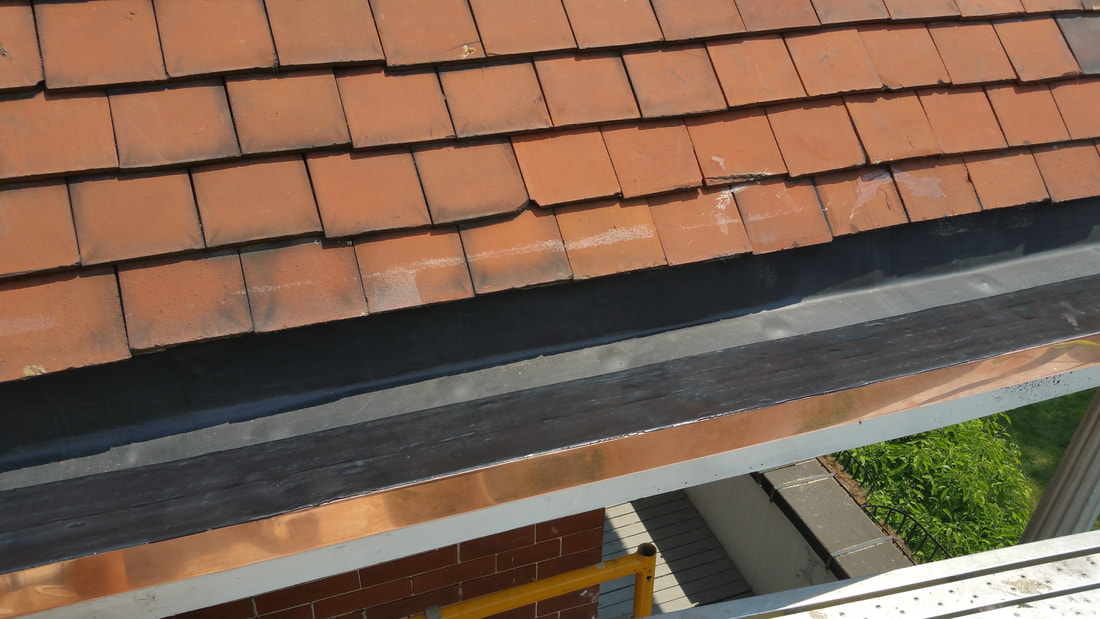
EPDM, ethylene propylene diene monomer (or Terpolymer which is simply a product consisting of 3 distinct monomers). EPDM is classified as a thermoset material which means it is either fully cured prior to being installed or that it cures during natural weathering after installation. EPDM roofs are single-ply membranes meaning there is only 1 ply of roofing material, not multiple plies laminated together. Single ply EPDM is designed for large roofs, such as “Lowe’s”, “Wal-Mart”.
EPDM has been in use on roofs in USA since the 1960’s and is one of the most common types of low-slope roofing materials. That is because it is relatively inexpensive, simple to install, and fairly clean to work with when compared to conventional built-up roofs. There aren’t any odors or fumes that accompany built-up roofs which appeal to many property owners and managers.
EPDM is a rubber material whose principal components consist of the compound's ethylene and propylene. A flexible rubber matrix forms when a small amount of diene is added to the mix. EPDM is available reinforced or unreinforced with both commonly used; it’s also available in either a cured or uncured state. Vulcanized EPDM is the most common with non-vulcanized often used for flashing purposes. One advantage is the seams are spread very far apart; in between 50 by 100 feet sheets. You may use a mechanical fastener, such as tern bar to hold it down, or more common is ballast. That is simply a 2- or 3-inch round rocks placed on top to hold it in place. Then there is the fully adhered system. The problem with this is you typically have to use 10-foot strips to glue, if you are an excellent installer, you may be able to use 20-foot-wide sheets giving the system less seams.
Properly installed EPDM rubber roofs should last between 12 and 25 years.
EPDM has been in use on roofs in USA since the 1960’s and is one of the most common types of low-slope roofing materials. That is because it is relatively inexpensive, simple to install, and fairly clean to work with when compared to conventional built-up roofs. There aren’t any odors or fumes that accompany built-up roofs which appeal to many property owners and managers.
EPDM is a rubber material whose principal components consist of the compound's ethylene and propylene. A flexible rubber matrix forms when a small amount of diene is added to the mix. EPDM is available reinforced or unreinforced with both commonly used; it’s also available in either a cured or uncured state. Vulcanized EPDM is the most common with non-vulcanized often used for flashing purposes. One advantage is the seams are spread very far apart; in between 50 by 100 feet sheets. You may use a mechanical fastener, such as tern bar to hold it down, or more common is ballast. That is simply a 2- or 3-inch round rocks placed on top to hold it in place. Then there is the fully adhered system. The problem with this is you typically have to use 10-foot strips to glue, if you are an excellent installer, you may be able to use 20-foot-wide sheets giving the system less seams.
Properly installed EPDM rubber roofs should last between 12 and 25 years.
This is a built-in gutter with EPDM installed.
